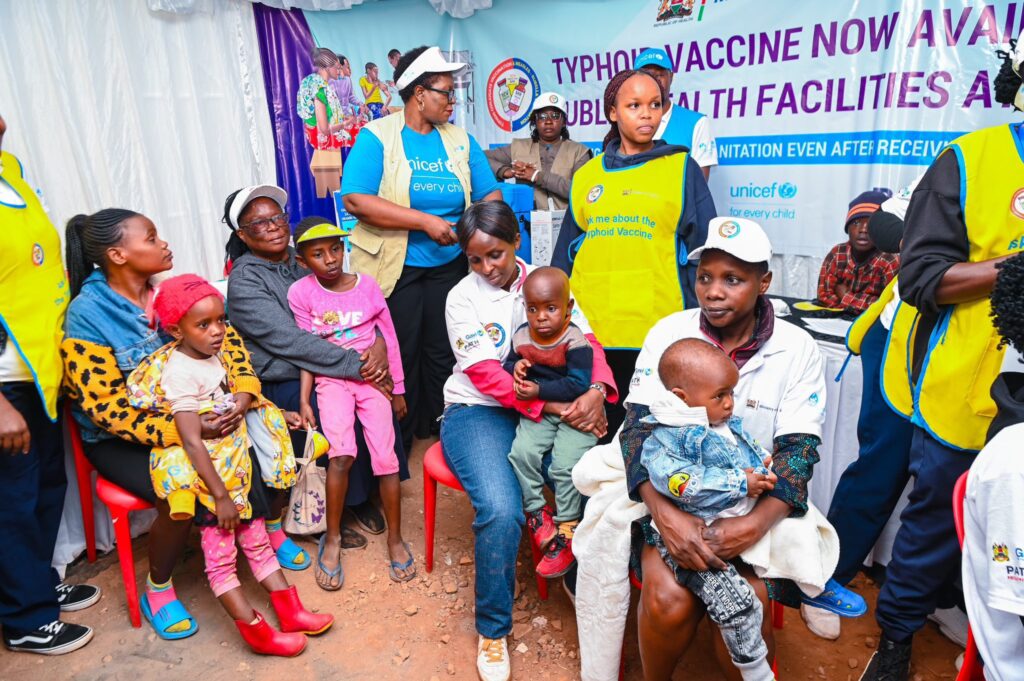Kenya is struggling to reach the 95 per cent measles immunisation threshold required to interrupt transmission and secure community protection, despite notable gains in routine childhood vaccination. Recent national coverage estimates show that 91 per cent of children received the first dose of a measles-containing vaccine (MCV1) by the end of 2024, yet only 76 per cent completed the second dose (MCV2), leaving a significant immunity gap. The 15-point drop between doses exposes thousands of children especially in communities with irregular health services to a highly contagious and sometimes fatal disease.
Measles performance is a sensitive barometer of broader immunisation systems. Globally, first-dose coverage is roughly 84 per cent and second-dose coverage about 74 per cent, shortfalls that helped drive outbreaks in more than 60 countries last year, with an estimated 10 million infections and over 100,000 deaths. Even so, measles vaccination is credited with preventing an estimated 60 million deaths since 2000, underscoring the lifesaving impact of sustained programmes.

Kenya’s wider vaccine platform remains comparatively strong: coverage for the standard series that includes protection against diphtheria, tetanus, pertussis, polio and Haemophilus influenzae type b exceeds 90 per cent, and the full roster of recommended childhood vaccines has been introduced. Even so, completing the measles series remains uneven across regions.
The challenge is continental. Across sub-Saharan Africa, average MCV2 uptake is below 50 per cent, and only a handful of countries approach or surpass 90 per cent for both measles doses. Kenya has joined a global post-pandemic catch-up push to reach children who missed visits during Covid-19 disruptions, recovering ground but not yet closing the gap.
Persistent barriers include logistical bottlenecks, inconsistent cold-chain reach, misinformation about vaccine safety, caregiver hesitancy, gaps in tracking defaulters, shrinking external assistance and fragile local health budgets. Strengthening community-level follow-up, using digital and community registers to flag missed second doses, and aligning outreach with child health days could raise completion rates. Tailored communication through trusted local voices remains critical to counter rumours and rebuild confidence.
Globally, recovery is incomplete: coverage with the three-dose diphtheria-tetanus-pertussis series edged up to about 85 per cent in 2024 but remains below pre-pandemic levels; 14.3 million children still received no routine vaccines at all. Uptake of newer vaccines such as HPV is improving in Africa yet remains uneven, and gaps persist in hepatitis B, polio, rubella and rotavirus protection. Closing these deficits will demand sustained investment and community partnership for lasting progress.

